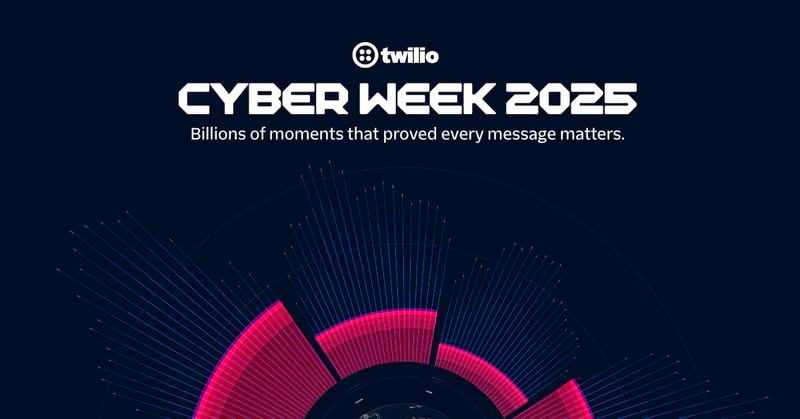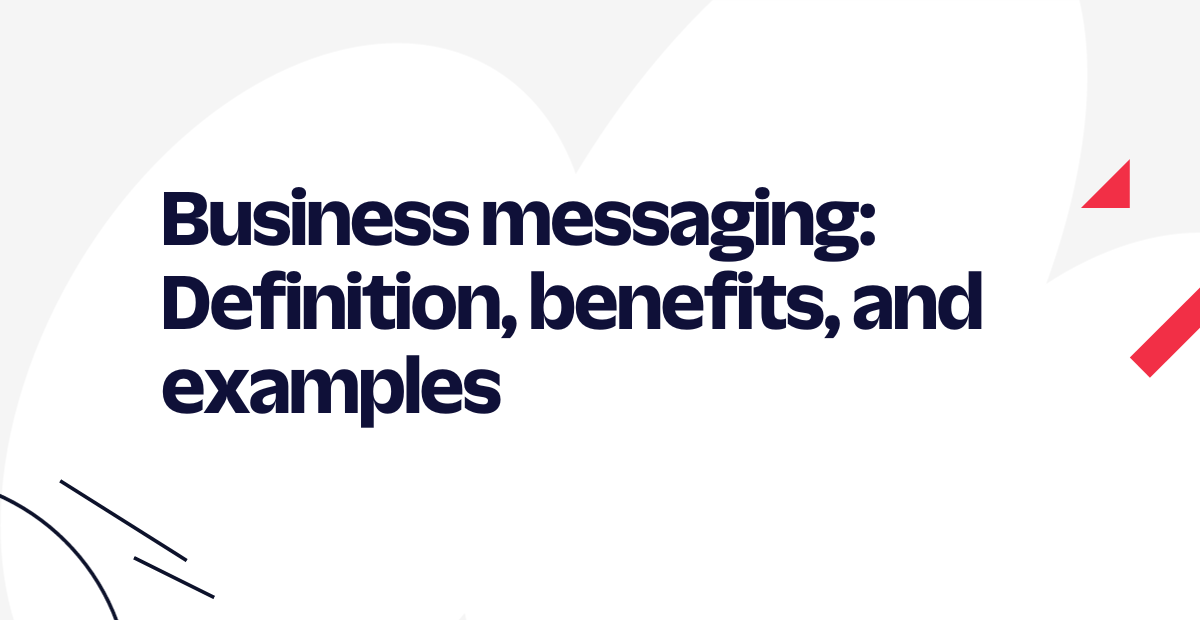Mailbox Provider AI: Gemini for Gmail
Time to read:
Mailbox Provider AI: Gemini for Gmail
A long time ago in a high school algebra class far, far away, my teacher Mr. Brown gave his opinion on students using our trusty ol’ TI-81 calculators for solving equations: “Garbage in, garbage out.”
It was an exciting reveal that meant that we would be allowed to use said calculators on quizzes and tests, which felt like being granted permission to cheat! Only later did we (ok fine, I) learn what Mr. Brown had meant: the calculator is just a tool, and if you feed it incomplete or wrong information, it can’t help you at all.
I have thought about “garbage in, garbage out” a lot recently because it’s a great way to describe how we should be thinking about AI. Without good data sets, without precise prompts, and without the right parameters, AI can create some epic garbage.
What’s frustrating for marketers about AI being used in inboxes is the lack of control over what the AI will do to their carefully crafted email content. The fear of AI producing wonky previews and auto-extractions is not unjustified, but there are some things marketers can do. Namely, know thy enemy, test and test some more, and let the “garbage in, garbage out” mantra guide your use of email design best practices.
In our final installment of the “AI in the Inbox” series, we’ll take a look at Gemini for Gmail, highlighting how you as a consumer can use Google’s ever evolving AI solution, what marketers need to know about it, and how you can test for impact.
What is Gemini?
Gemini is the name used for Google’s suite of AI tools. It has a wide variety of applications including being a “personal AI assistant,” enhancing (or hilariously failing to enhance) Google search engine results, integrating with Google Maps and Calendar to help with trip planning, and more advanced developer applications like helping to write code or manage databases.
Gemini for Gmail is meant to be a tool for inbox management. From a consumer perspective, there are lots of things to be excited about for Gmail users. From a marketer’s perspective, you’ll need to be aware that Gemini may have an impact on recipient behavior and how recipients consume your email content.
Impact: Who is using it?
Gmail addresses can account for between 50% and 80% of an average B2C sender’s audience, so nothing Gmail does is exactly low impact. That said, while Gemini is free for some Google Workspace customers, it requires a paid subscription for gmail.com users: Google AI Pro is offered for $19.99 per month and Google AI Ultra for $124.99 per month. Because of the price tag, it’s likely that most people paying for even the lowest cost option are doing so in order to access tools like Flow for AI cinematic filmmaking, Whisk for image-to-video creation, or NotebookLM for research and writing help. In fact, Demandsage has statistics showing that something like 70% of Gemini users are using it for either research (40%) or creativity (30%), with only about 20% using it for productivity, the category in which email features would likely fall (Users and Demographics: How Many People Use Gemini in 2025).
Ultimately, it’s hard to say how many of the 350 million active monthly Gemini users regularly use Gemini for Gmail specifically. But another important thing to note is that those that are using Gemini in their Gmail inboxes have to prompt Gemini to do things like summarize or find emails – none of it is automated like Apple Intelligence email previews are, for example. So while adoption of Gemini is certainly growing, we think it’s safe to let Gemini for Gmail rank low among all of the things you have to worry about in our AI-driven futures.
What Gemini for Gmail does
Now that we’ve convinced you not to fear Gemini for Gmail, let’s talk about what it can do. Below are some examples of what Gmail users can ask Gemini to help them with, with samples from a live inbox.
1. Summarize email threads, or all emails from a particular person or brand:
2. Search for certain types of emails (“show me unread messages” or “find emails from Brooks Running last week”)
3. Help locate the best deals in your inbox:
4. Help compose email responses:
5. Help with Gmail features and functionality:
6. Pull information from the web into your emails:
7. Pull information from your Calendar:
8. Write in an entirely different voice, for funsies!
Gemini considerations for marketers
Gemini is a great win for Gmail users looking for a little help managing oftentimes overwhelming inboxes. As adoption continues to grow, we may start to see a shift in how people behave with emails delivered to their Gmail inboxes.
Gemini’s great search functionality and email summaries combined means that I as a recipient could be totally engaged with content from a sender without frequently opening or clicking emails. I can locate and review my best promotional offers with a prompt, and head directly to the sender’s website to check out a current deal. I can read all my Washington Post news snippets quickly without ever looking at and having to scroll through one of their emails.
What it means: Engagement data continues to get muddier! Marketers need to be even more vigilant about checking in with recipients to get direct answers from them about whether they want to stay subscribed or not. AI summaries offer the recipient ways to engage with your email that are not measurable in opens and clicks, so for segments of your audience with no or unclear engagement signals, ask for permission to continue mailing and suppress those who do not positively respond.
When someone opts to summarize an email, a lot of the good juicy content you worked hard to make stand out will be covered up.
What it means: Unfortunately there is nothing you can do to control what Gemini does or doesn’t cover up, but you can test to make sure key design or call to action elements pop and are near the top. Check out the example of a Gemini email summary below:
Gemini summaries ignore brand voice, so things like humor and playfulness in your email might be lacking completely in summaries. Summaries are also impacted by your design choices, so make sure you’re using a good mix of live text and images!
What it means: TEST! See how Gemini summarizes your email content, and play around with different content iterations. Inbox Monster has an awesome AI summaries testing tool that includes testing for both Gemini and Apple Intelligence.
Deep dive with Inbox Monster
To round out our Gemini deep dive, SendGrid teamed up with Inbox Monster to test a single promotional email 3 ways, each version having a distinct design approach.
In one version, the email was built as one image, no alt or live text. A second version was also one image with good alt text. The final version was a balance of live text, images, and alt text.
Let’s check out the results! Here is the original content we were testing:
Inbox Monster Gemini summary preview for one image, no alt or live text:
Inbox Monster Gemini summary preview for one image with good alt text:
Inbox Monster Gemini summary preview for balance of live text, images, and alt text:
Can you spot the differences? They’re almost imperceptible in this case! When we used Inbox Monster to run similar tests of Apple Intelligence, we noticed big differences between the image only versions and the versions that included a healthy mix of live text.
While our testing of Gemini has been limited, our results seem to suggest that Gemini may actually be reading graphical text. We’re not suggesting that you start sending emails that are just one giant image– descriptive alt text and a combination of live text and images is always the gold standard.
But it’s an interesting call out as we compare different AI tools being used by inboxes.
Want to run some tests of your own? We highly recommend Inbox Monster for all of your Gemini for Gmail testing needs, and for so much more! Inbox Monster offers a comprehensive suite of deliverability tools, including design rendering, inbox placement testing, blocklist and reputation monitoring, spam trap activity tracking, and DMARC reporting.
Request a demo here! As always, if you need help navigating what AI in the inbox means for your brand, our Professional Services team is well versed and ready to help.
Related Posts
Related Resources
Twilio Docs
From APIs to SDKs to sample apps
API reference documentation, SDKs, helper libraries, quickstarts, and tutorials for your language and platform.
Resource Center
The latest ebooks, industry reports, and webinars
Learn from customer engagement experts to improve your own communication.
Ahoy
Twilio's developer community hub
Best practices, code samples, and inspiration to build communications and digital engagement experiences.


